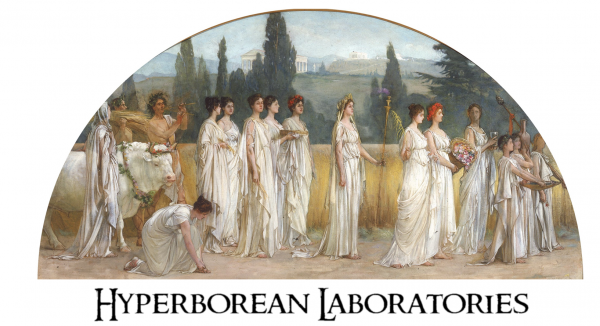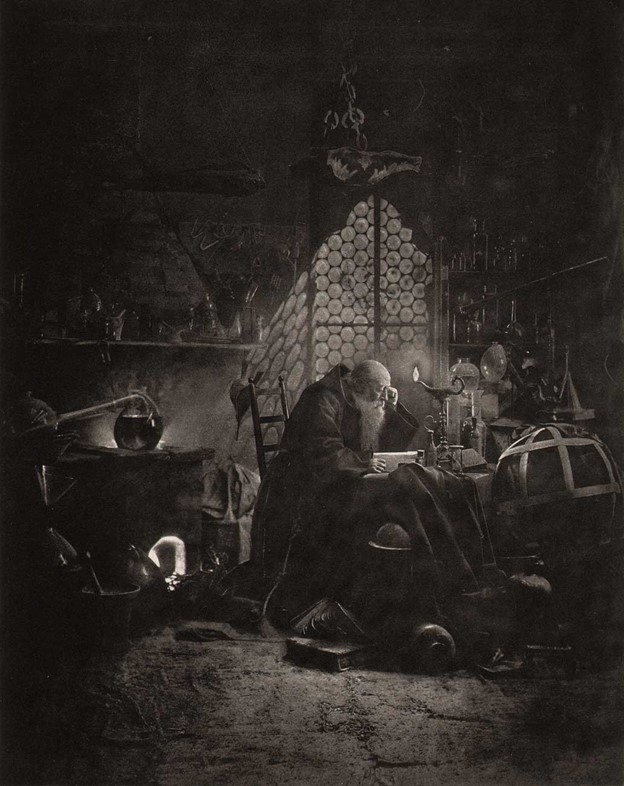
Oratory and laboratory; Laboratorium philosophiae
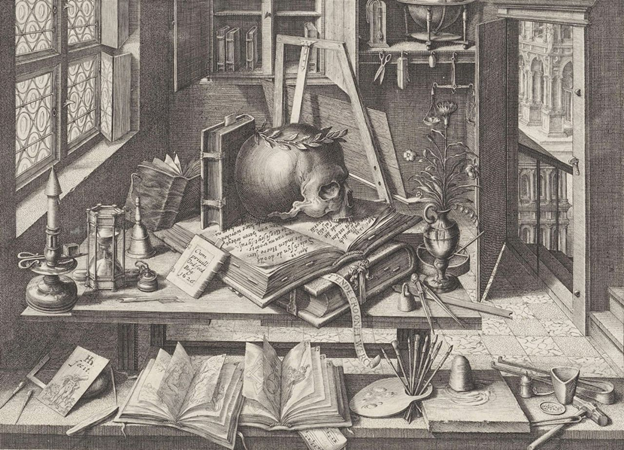
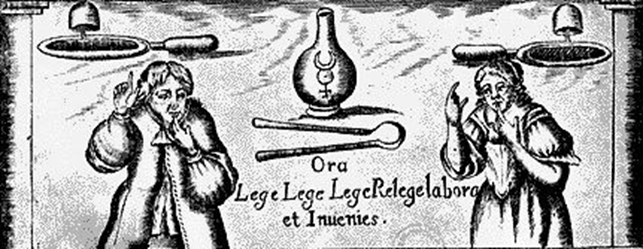
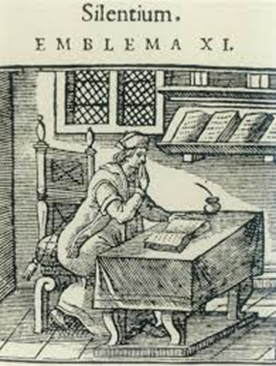

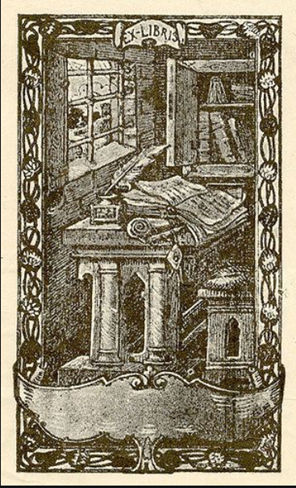
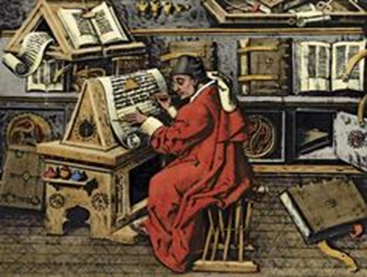
Introduction to the Series
First, we wish to distinguish the ritual production of alchemical medicines from those doing ordinary laboratory work of herbalism or any other therapeutics. Our process is spagyrick to emphasize the ritual aspect, the theurgic correspondences, the construction of alchemical temple and shrine to the Gods as an initiatory Way. We seek to distill this path away from Kabbalistic influences, though we do except some of the gnostic writings as genuinely numinous in spirit and initiatic. This is not the space to litigate or explain this position, but we seek the Indo-European alchemical traditions, or the Hyperborean Mysteries. Historically the forces that have sought to eradicate these are the mono-theistic faiths. We find the kabbalistic system as a late interloper, a counterfeit precursor to the worst of the New Age and Victorian quasi-masonic occultism and copied from Greek and Sufi sources. It is from an anti-spiritual stream that has infected the West from the last days of the Roman empire, through crusades and inquisitions, the French, Russian and all the other incessant revolutionary movements up to this day that seek order from the chaos they inflict. We will be producing the essay “Deconstructing Kabbalah” either online or within a forthcoming publication depending on length and images.
Certainly, within these religions (which are institutionalized systems of magic) there are adepts worth studying and many who preserved the pagan lore within these compulsory circumstances. The ancient myths mostly are alchemical metaphors as well as multivalent codes for initiation. Our research society and inner circle is dedicated to pursuing these fragmented truths, of penetrating the ancestral Mysteries, and completing the Great Work. This is the mystery of immortality enshrined within the Aryan religions that all proceed from the central homeland. Truly this is absent from the Old Testament, and it is the mystery traditions that influenced the mythos of the New Testament. Therefore, much of the conversion was not of violence because the essence of the Christian mysteries and sacraments has always been pagan, but it is grafted onto a poison tree. We can purify this poison, as many Sufi have done of Islam, and find our way through the labyrinth of deceit and falsity. We must become adepts of the Indo-European alchemical traditions and present them back to our own people. For context, a highly neglected aspect of all lineages is that of a wandering Master, who sought out as many initiations, teachings, skillful means and Mystery centers as possible that he may refine and form his own system that he would institute in his homeland, within his native context. Such are the likes of Pythagoras or so many Greek philosophers to the Tantric masters who travelled for initiation to set up temples in their homeland within their own ancestral context and Gods.
It has taken decades of research, effort, personal occult wars and sacrifices to obtain a space suitable for a true theurgic laboratory. Surrounded by fresh springs and flowing water, in the hemlock groves in the mountains, one side is buffered by a beautiful lake and old forest while the other side in regenerative agricultural cultivation of heirloom crops and livestock, medicinal and esoteric herbal gardens. In the evergreen trees is the central cabin, an exquisite building divided with a long hallway between the primary living quarters (kitchen, bathroom, etc.) and the laboratory and theurgic temple. We have installed a woodstove in the back that will also be used to provide radiant heat for certain projects. With high arching ceilings and tall shelves flanking the walls, the divisions of space is considered using the correspondences of the Art. The models for our Work are found in the many depictions of Traditional alchemical laboratories in the various manuscripts, paintings, descriptions and suggestions from the Master Teacher. Here we encode the Great Work within the Land, within the laboratory and Temple, within the construction of each piece of furniture, equipment and regalia creating a vast meta-sigil of our intent.
We amassed the skillsets and hand tools for decades to manufacture our needs by our own craft, with tools especially and exclusively designated to ritual construction. Within the laboratory is such a workshop entirely devoted to the careful making of ritual implements, furniture etc. and all of the regalia needed for the high theurgical rites, except for the outdoor laboratory with a facility for outdoor calcinations and operations requiring special furnaces or fumigation, for blacksmithing, pottery, glassblowing etc. But the interior of the laboratory is constructed with the altar as specified in the Mystery Traditions of Delphi. There are specially made laboratory tables with sliding panels for protecting special items, glassware, etc. and with cunningly hidden secret compartments. But our concern in this writing is for the Scholar’s Desk.
We pause to meditate upon a beautiful laboratory famous to any who study alchemy. The Pythagorean instruments are foremost and it is surrounded by alchemical symbolism. This picture is a good starting point to address some differences in our worldview. These images were of a time of compulsory religion, the wise sage had to conceal his interests with the veneer of the Church, or perhaps if he was in a religious Order, he must use Hebrew and Biblical symbolism. Ultimately, despite the attempts at syncretism, these worldviews are not reconcilable despite some beautiful attempts. We can appreciate these and honor them as ancestral wisdom, though we seek to fully divest ourselves of this kabbalistic intrusion into our native traditions. Truly they came to be Europeanized to serve the needs of our ancestral folksoul, and we will return to this subject within the series of Sub Rosa. We are not going to digress into this subject here, as we have written many monographs on this subject, but it becomes relevant in this image because the alchemist is worshipping at a form of the Tabernacle. This we replace with the double cube altar of Apollo (again an appropriated form by the anti-Tradition, to the extant that most research or mention of this shape of altar will point to one degenerate pop-occultist and kabbalist thus tainting most people’s objective consideration). We point to our essays on those adepts who sought to presence the pagan Gods and worldview verses those who appropriate and attempt to deviate and warp the Tradition in service of their Agenda. The interested reader can also consult the works of Solazaref on these parasitical infections within alchemical teachings in the West. Those interested in shrine and temple design may request the private print document on this subject once they have initiated the membership process.

Amphitheatrum Sapientiae Aeternae’
by Heinrich Khunrath, 1595.
The Scholar’s Desk
We begin with the scholar’s desk because it is so essential to our Work, and we are in the process of design and construction. We shall return to the other implements already constructed later in this evolving series. But a desk worthy of the weight of such old manuscripts, one that has the utilitarian and artistic ambience for a temple all are of essential importance. A central aspect of our Work is research, translations, taking notes on rare manuscripts that have to be handled with care. To consult many different sized books, some with delicate bindings, or of tiny print require special considerations. In constructing our desk, we have studied many of the examples of the medieval scribes, of monastic orders, and the representations of the alchemists or lettered men and women of the day.
The desk is altar of one’s library, the study, the scriptorium, itself a shrine to the Muses and Memory. It must be comfortable and practical and aesthetically designed with the theurgic correspondences. With all the skill of one’s Art, the area must be saturated with the sigils and inscriptions that penetrate into the very essence of Being. There must be symbolic representations of the Great Work embedded in all aspects of construction, in proportion, in embellishments. This microcosmic encoding must be fractally infused into the choice of materials, the method of joinery, in the dimensions, the measurements, the orientation. There must be the sacred alcoves and small shrines to the individual Gods of the Work that they be honored with their due offerings as one works. Images of the Goddesses of Memory, of alchemy, the Gods of Magic, the God of Philosophy, and as each one’s inclination and tutelary devotions guide them. The study is the scene for the Faustian drive for knowledge, the wisdom worth sacrificing an eye to obtain. Here we learn from the past, and use the mythos to stay within the balance of aspiration and humility. That drive and passion for occult insights has already separated us from the masses, from the ordinary and common experiences. It must not consume us entirely, as Odin retained his other eye, lest we lose sight of our goal. As the Faustian Christopher Marlowe wrote, Quod me nutrit me destruit. “What nourishes me, destroys me.”
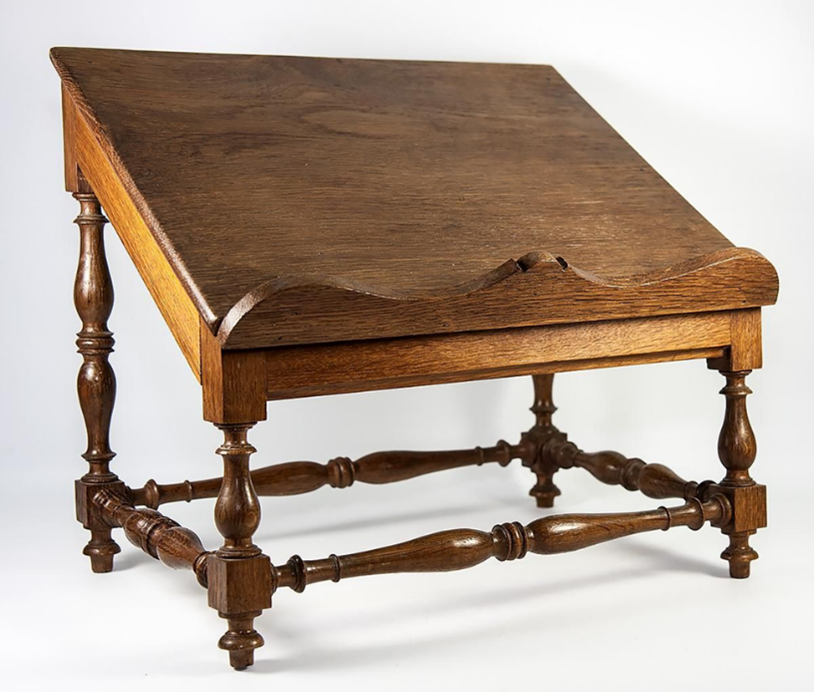
Thus, the desk is really part of a system, an area for meditation and contemplation, of the scholarly pursuits and thus special collections, reference materials, the scribe’s and researcher’s paraphernalia etc. all must be accessible. One does not want to have to pause in a moment of deep thought, inspiration, or concentration to look in vain for some item, text etc. so these must be artfully at the ready, but not in the way. The scribes of old employed special compartments, swivels, rotating ‘lazy Susan’ to turning and folding desktops. Lighting is imperative of course, and so is a source of warmth in the winter, which for us is the primary time to occupy one’s library. Our library is organized by subject and collections, with some in the main quarters that are of general interest to those on the property or guests and are of the farm and forest. But our esoteric and alchemical library is housed within laboratory, and there are the most cherished from among these closest to the scriptorium or in our ascetic quarters for sleeping and mediation and contemplative reading of select texts. These would be examples of the myth and lore that are suitable to keep ‘bedside’, the texts that are one’s constant companions in life that function as a sort of bibliomantic oracle to open and read at random. For us it will be the greatest of the heroic sagas of Europe, selections of Vedic and Buddhist scriptures, but most collections of paintings of the European masters, Hermetic lore, emblamata, Grail texts to enjoy in more a leisurely fashion (by which we mean we are not specifically taking notes or researching a specific topic.) These considerations all must come to bear in the design of not only the desk but the surrounding shelving, chair, and accoutrements that assist in consulting many manuscripts simultaneously. Smaller, portable podiums, or writing boxes, book carousels, book cradles or angled/raised platforms etc. can assist in hands free reading as well as keeping one’s place in many texts. This is especially useful in translation when one has to consult reference guides, alternative versions etc. The ability to monitor other laboratory is crucial as well, which requires planning in the furniture and lay out as one must be able to move easily back and forth from the desk to the lab table.

A podium, or two, is useful for the theurgic rites when one must read from texts. Likewise, one that is mobile can be used in the laboratory to hold open specific sections of procedures, ‘recipes’ etc. as well as the theurgic prayers used in creating the highest medicines. As things descend into chaos, the library, laboratory and the desk, as a primary location where one spends much if not most of their time must be discreetly equipped with sufficient means to prevent attacks. Special compartments, hidden shelves, false books and the like offer ample places to discretely embed the tools of war amongst the tools of healing and the scholar. For in these times, we must embody the woodsrunner, the farmer, the doctor, the artisan, the soldier and the priest, shaman and alchemist to truly be the Magus.
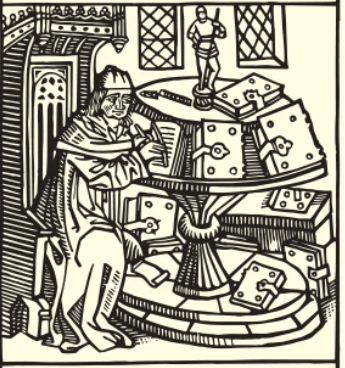

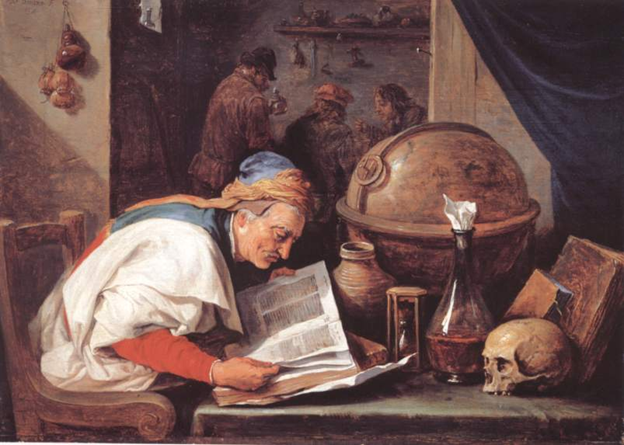
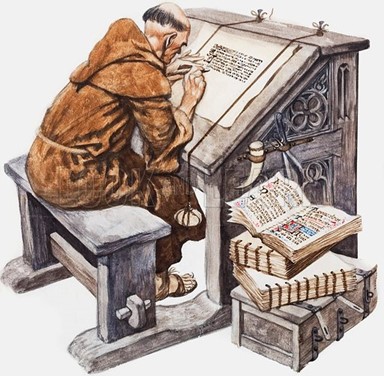
The use of weighted strings and angled boards holds materials steady as does the bench being attached to the desk. The wedge design of joinery allows it to be dissembled and moved if required.
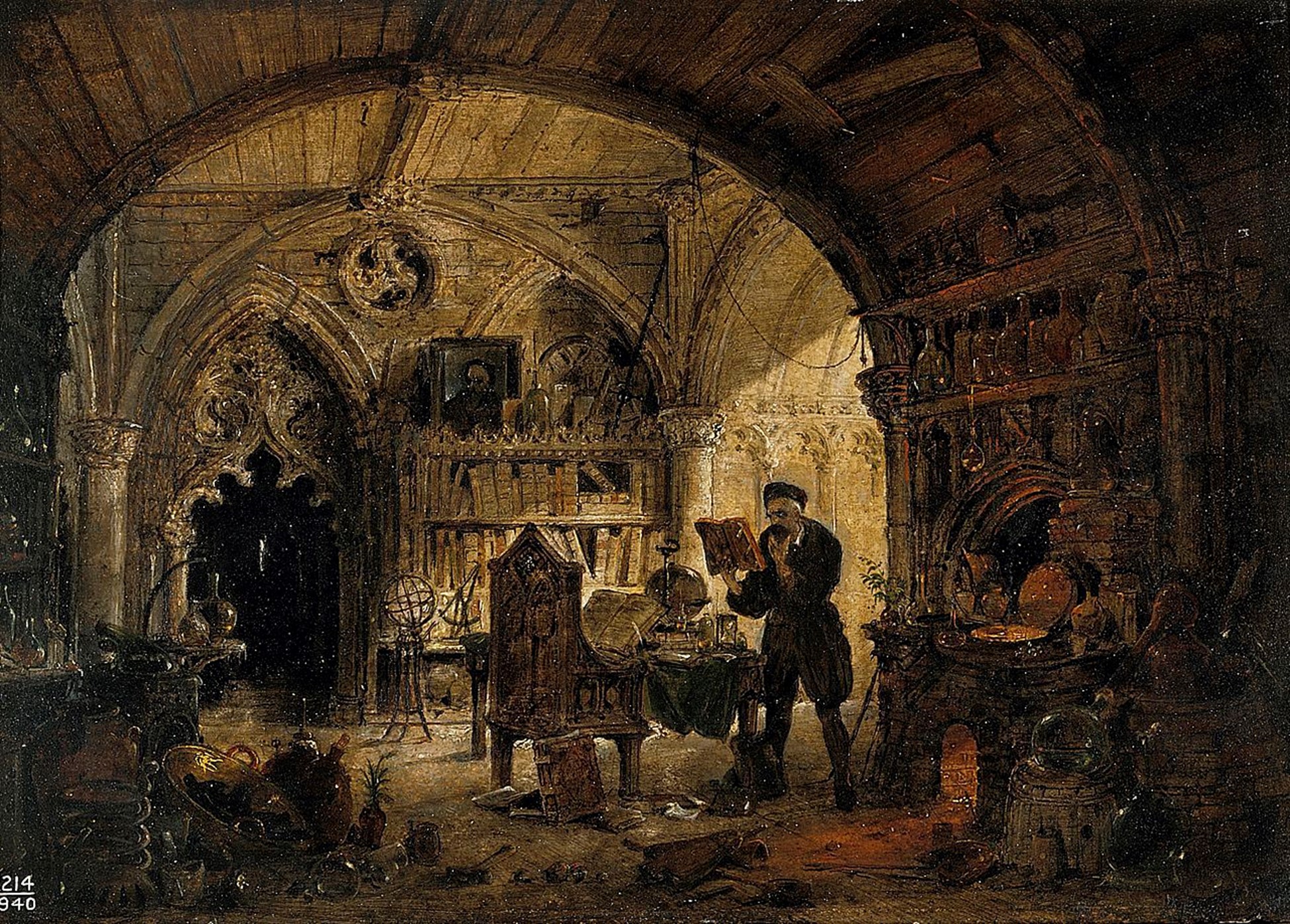
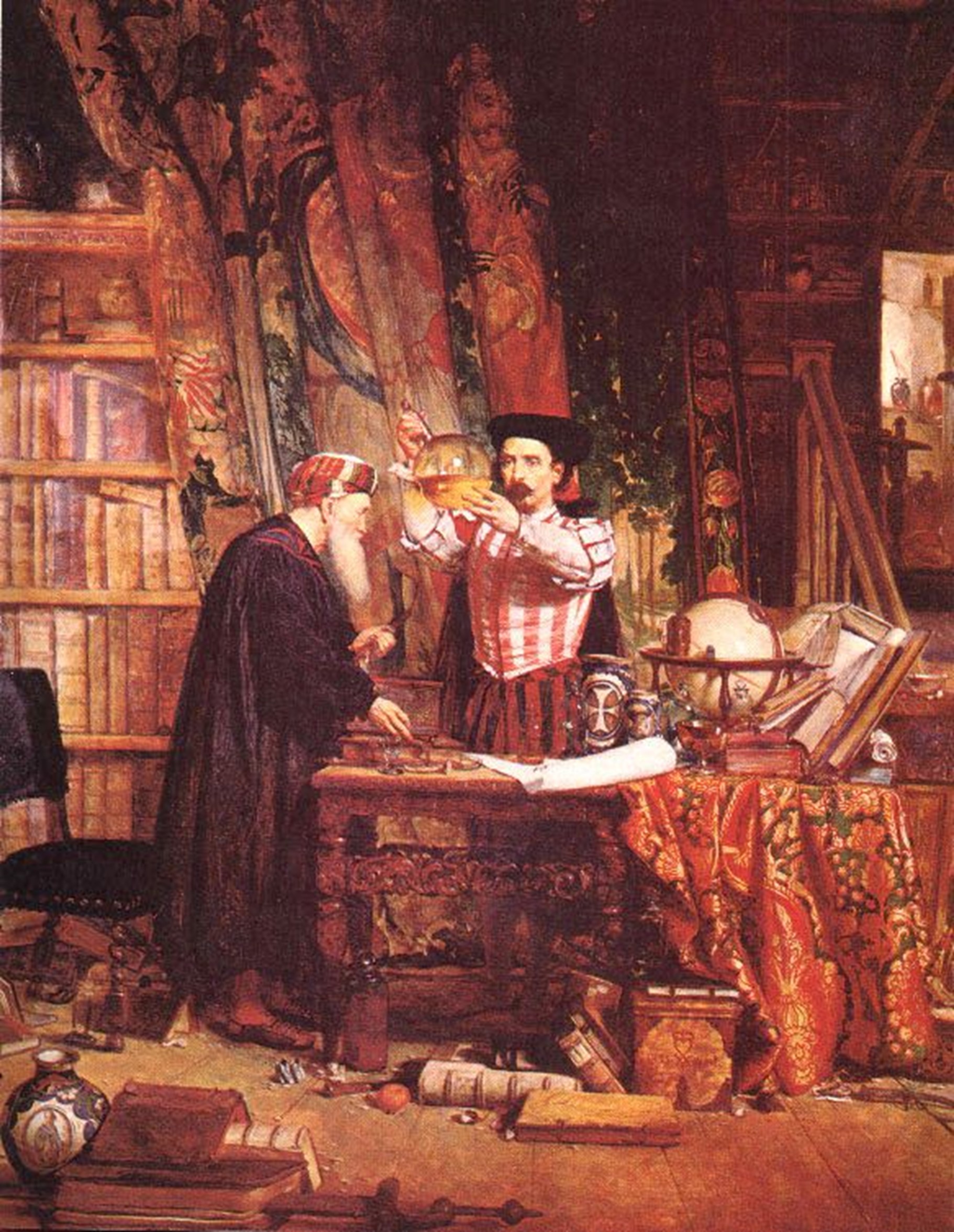
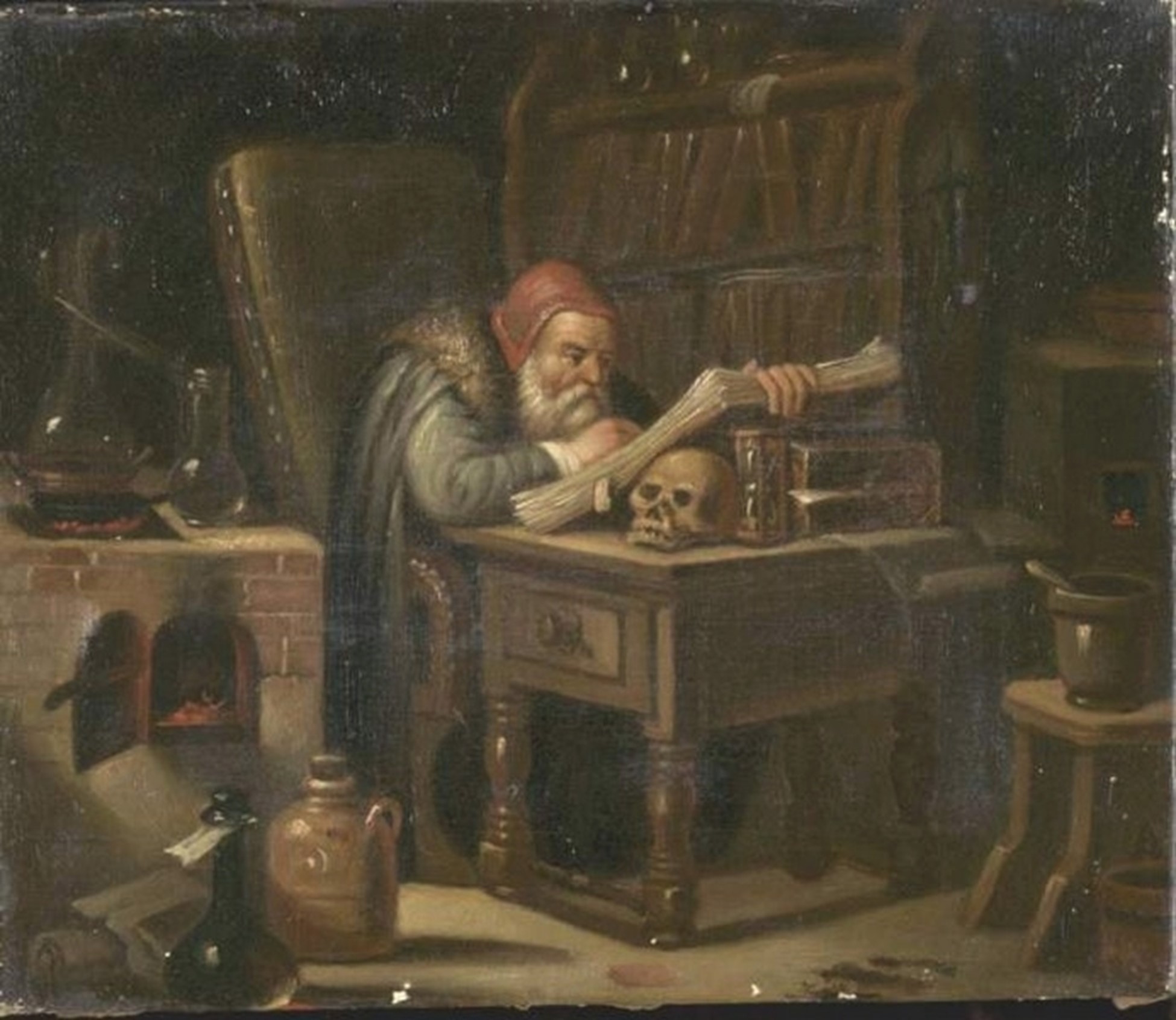
A nice desk, with the obligatory memento mori
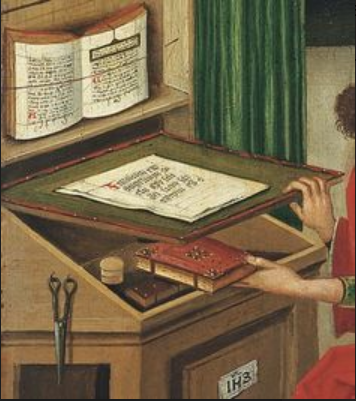
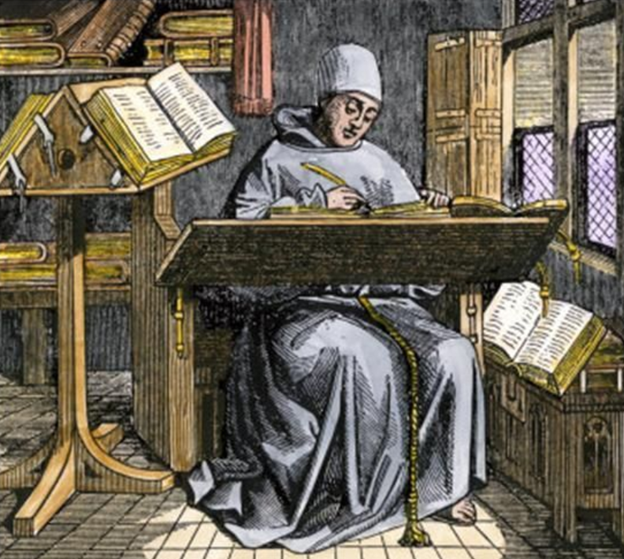


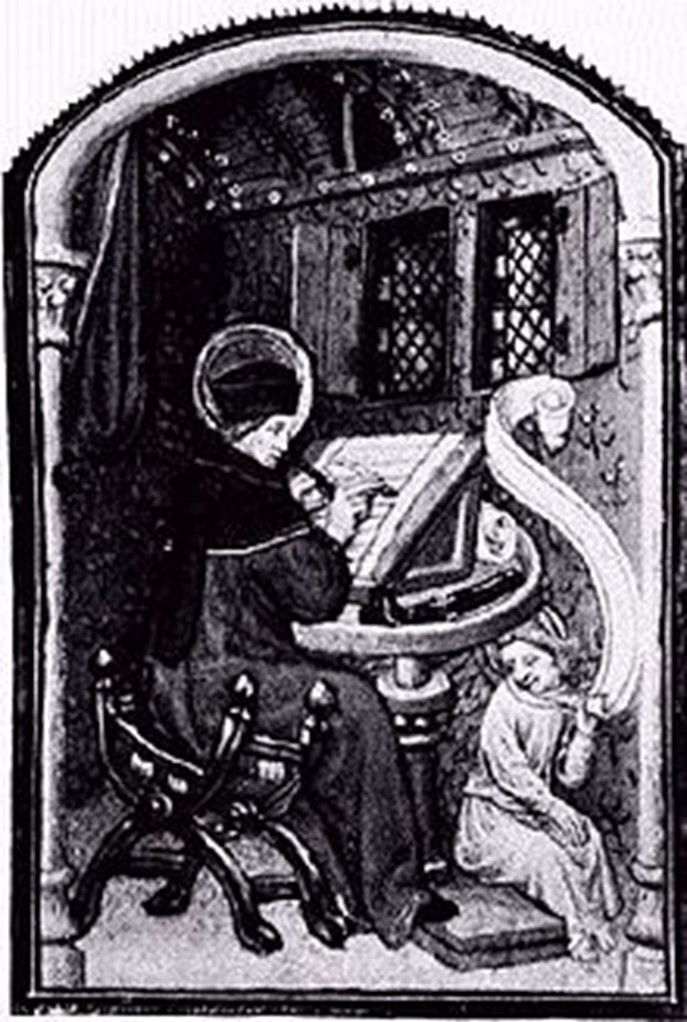
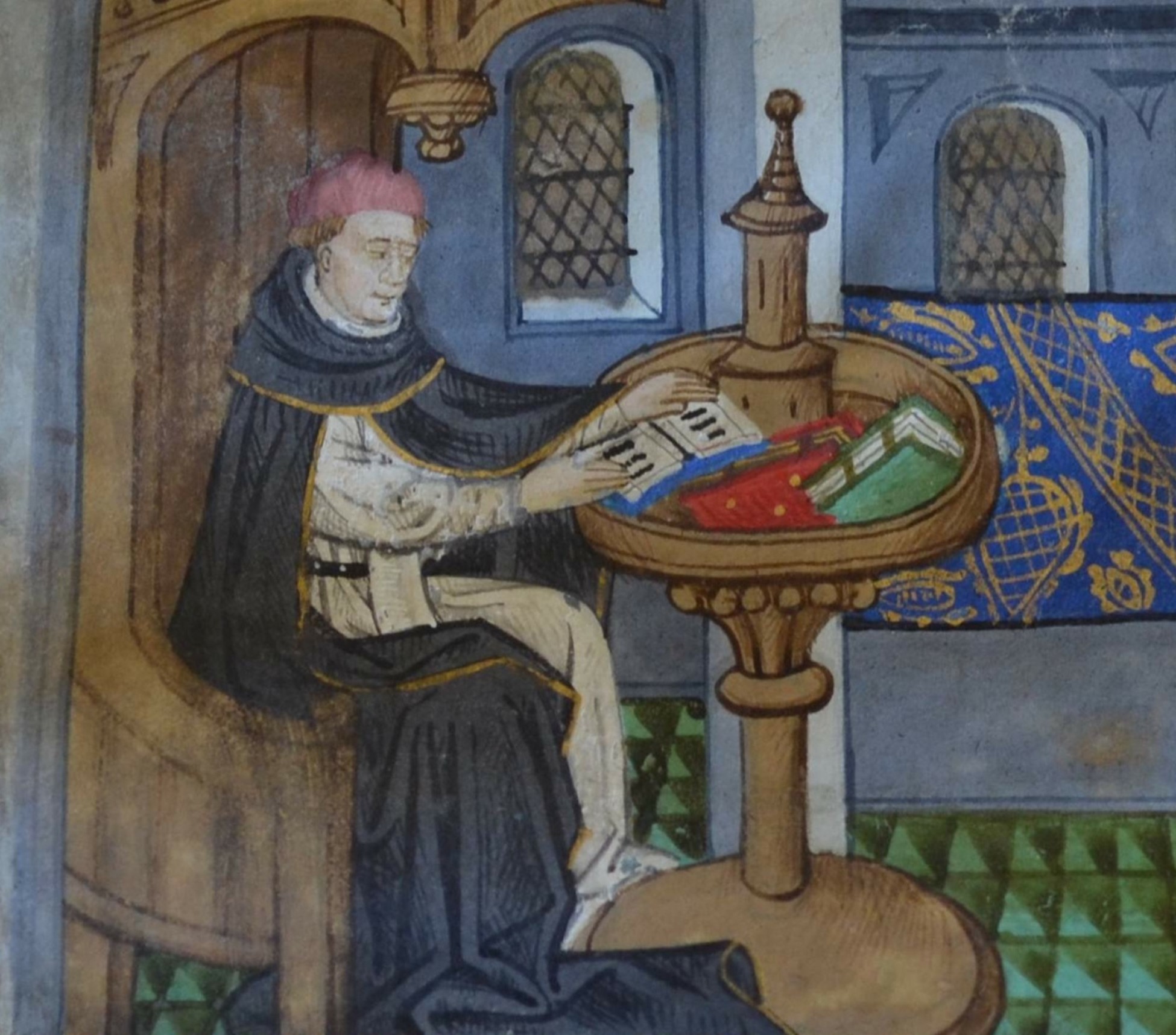
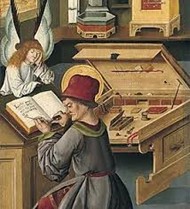

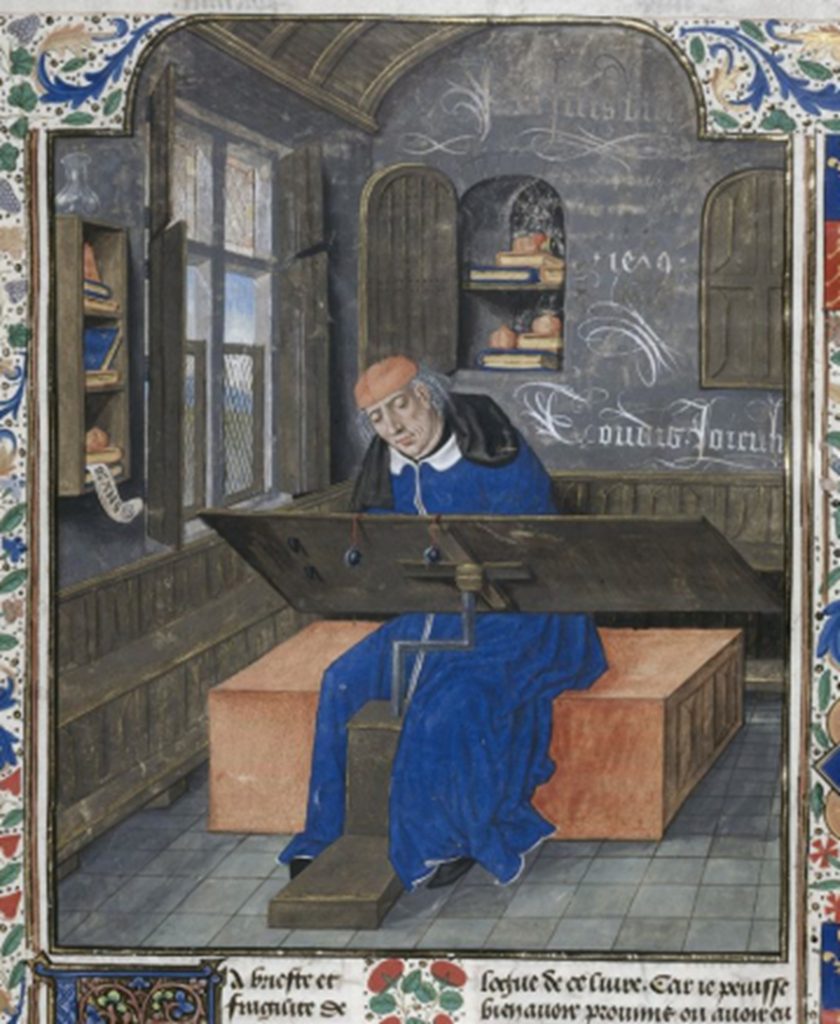
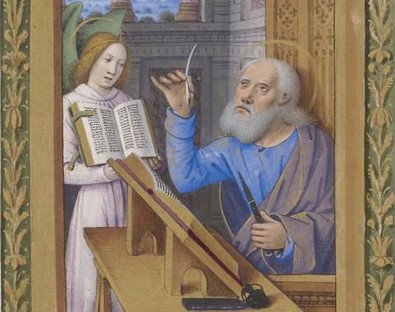
If one cannot find an angel to hold the book then a beautiful consort and assistant can be required.
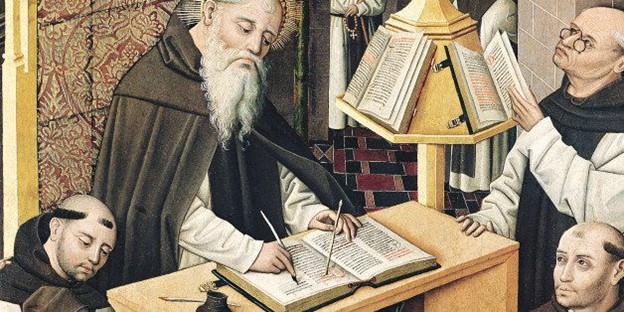
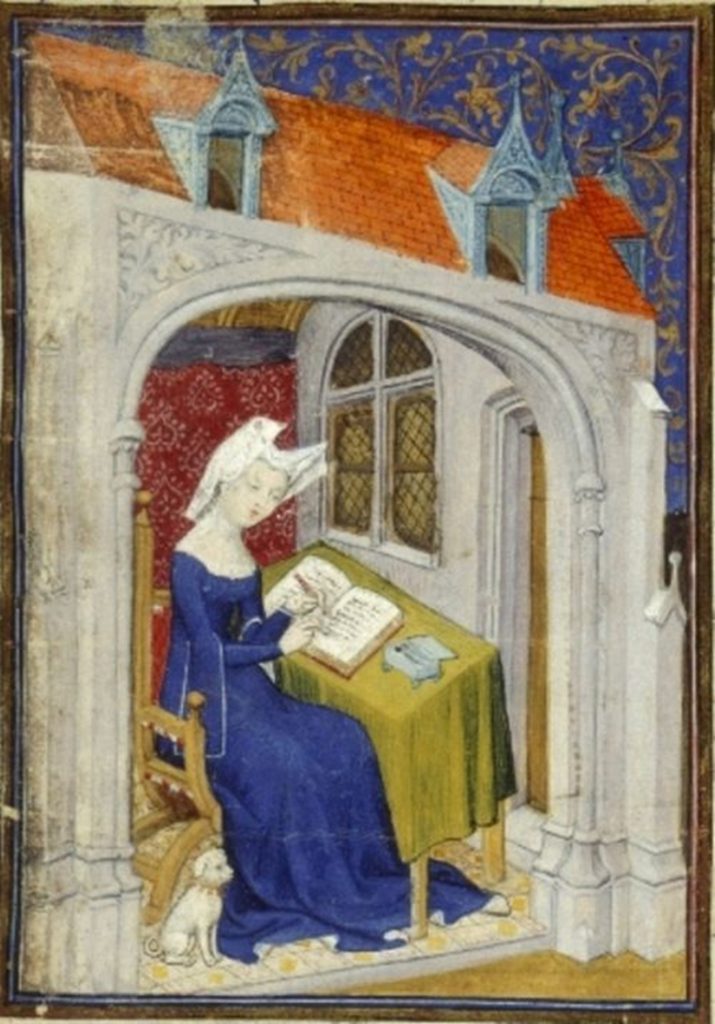
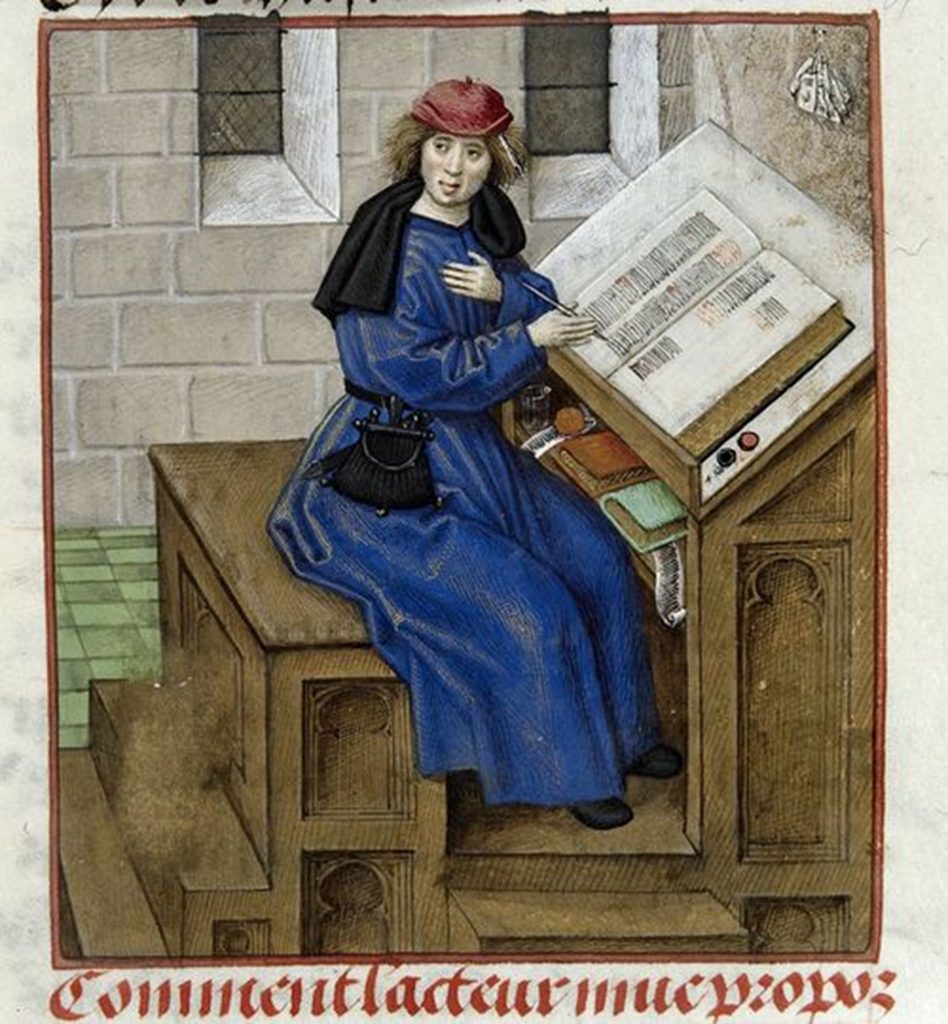
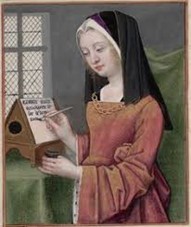
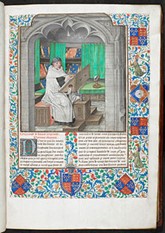
A portable writing desk is useful in holding manuscripts and writing implements, personal effects that assist in writing and research, and to be mobile to other parts of the laboratory or the property, where there are woodland desks and outside areas for study.
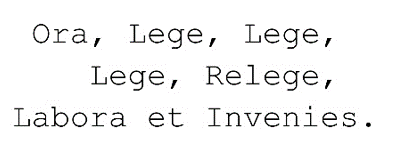
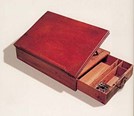
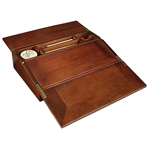
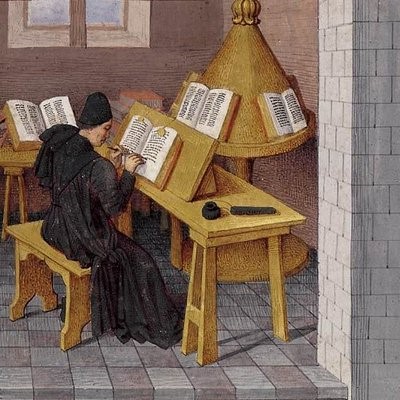

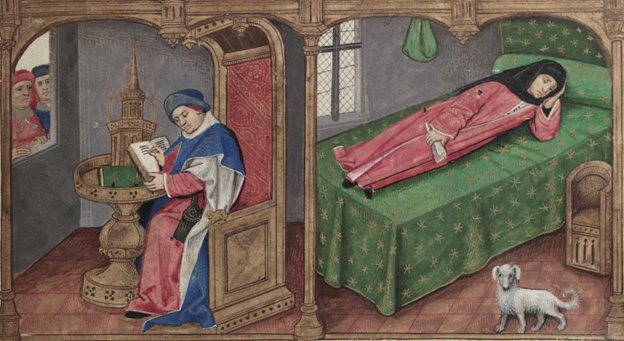
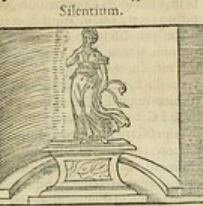
altum silentium

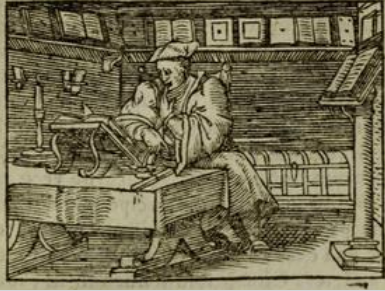
Silence is the essence of our Art


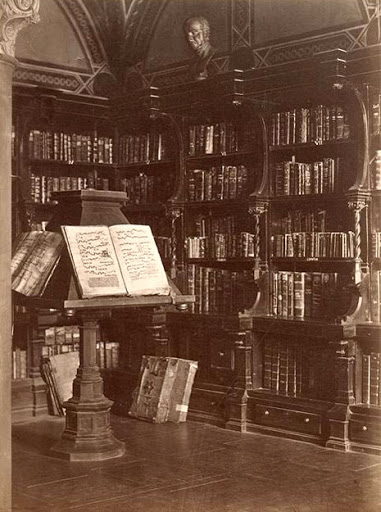
books from Faust study The special repository of rare books was constructed in the National Library of Russia (then Imperial Library) in 1857. The room was styled as a room of a medieval scholar. Over the past more than 150 years, the Library has built a tradition of calling it the Faust Study
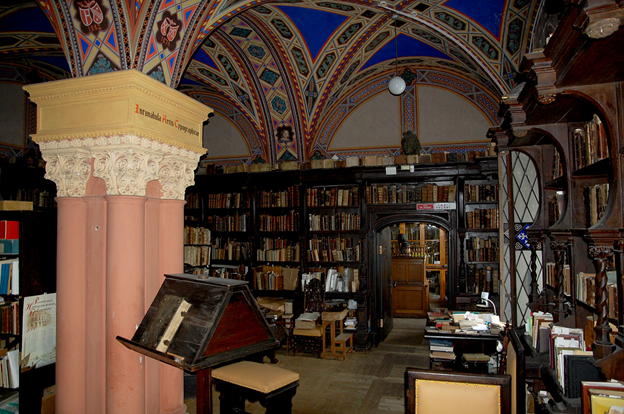
Faustian visions arise in the Dr’s Study
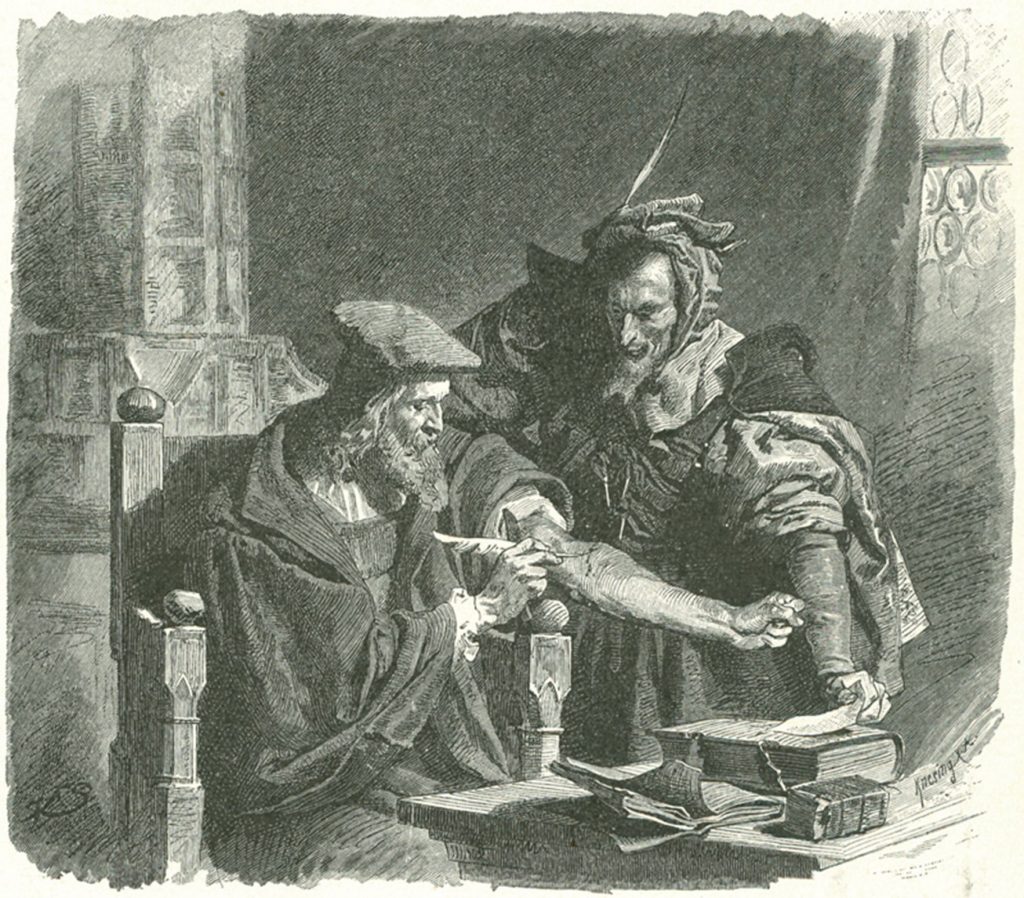
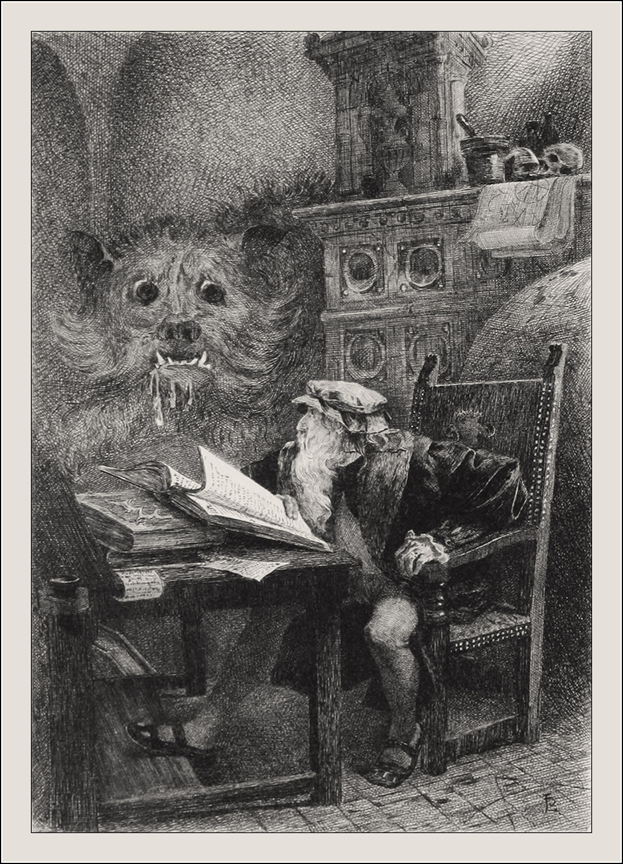
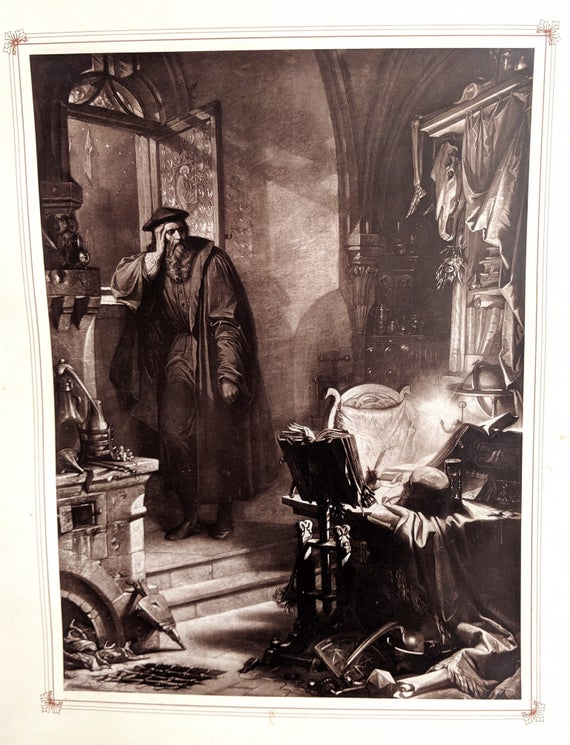
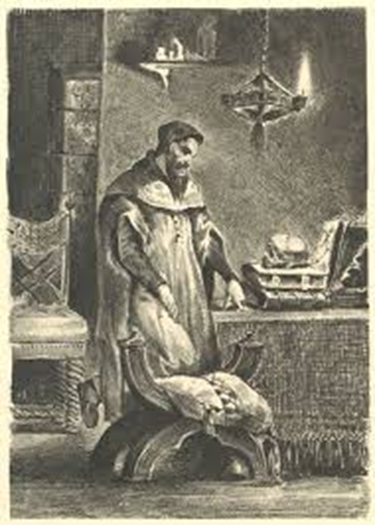
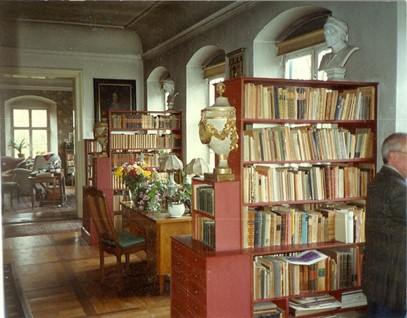
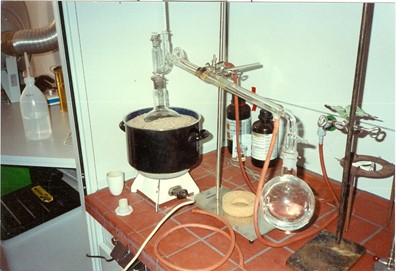
Library and part of laboratory of the Master Von Bernus

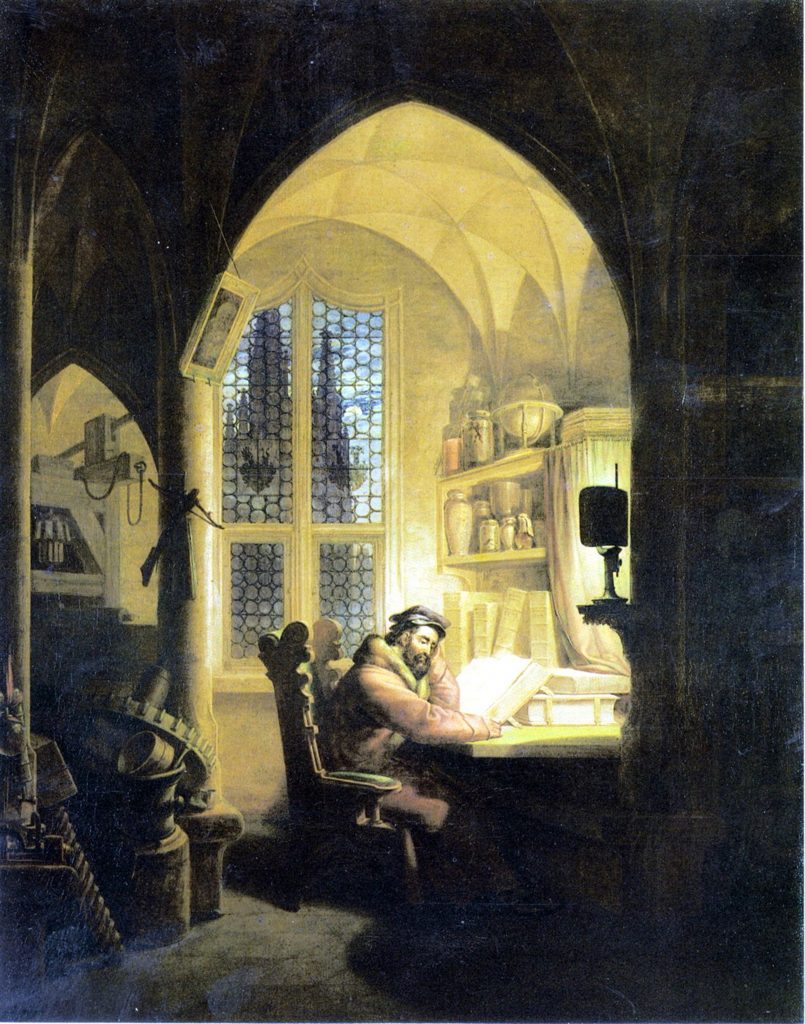
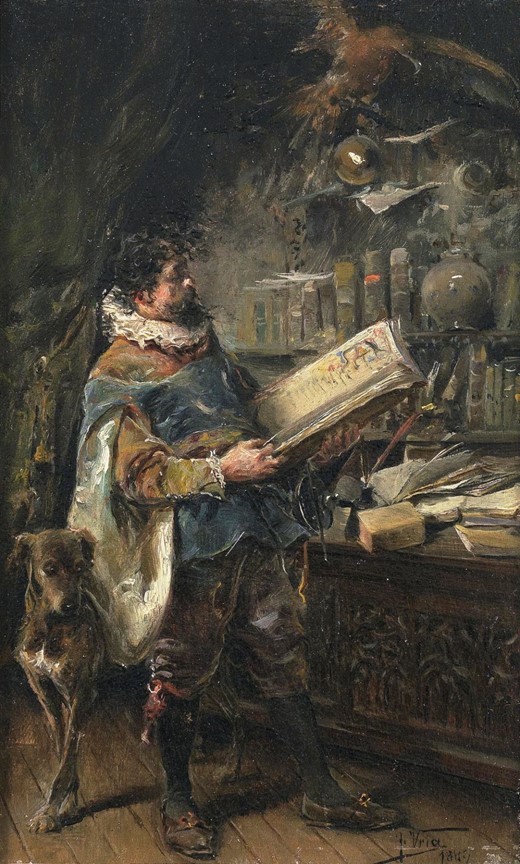
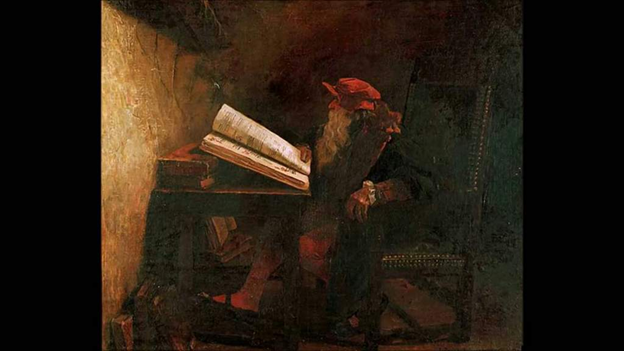
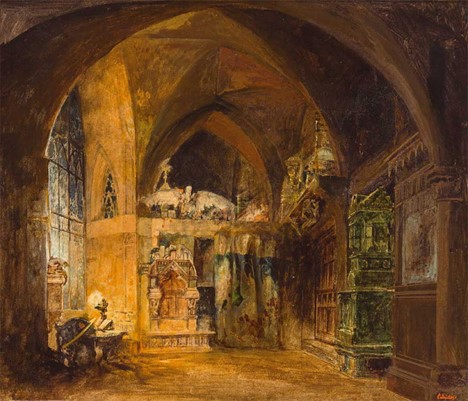
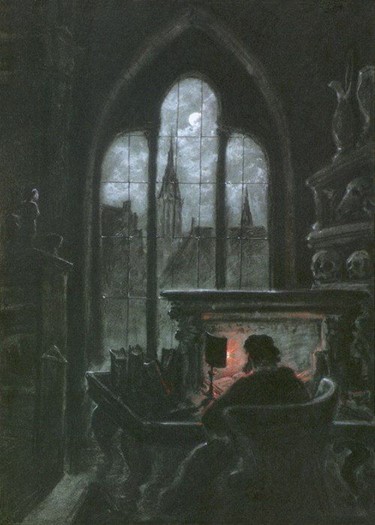


For philosophical and aesthetic reasons, we keep any electronic devices away from this reading table. We employ to antique oil lamps for the desk
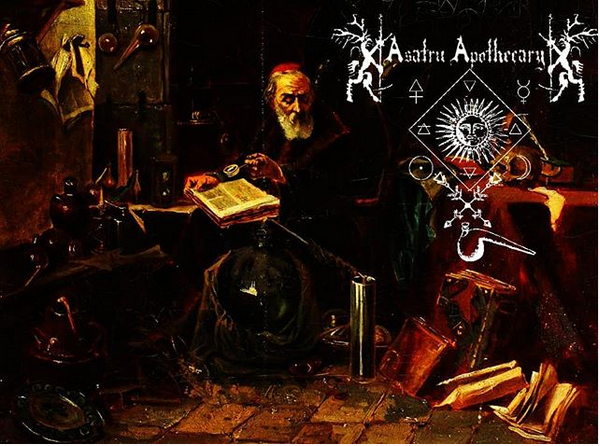

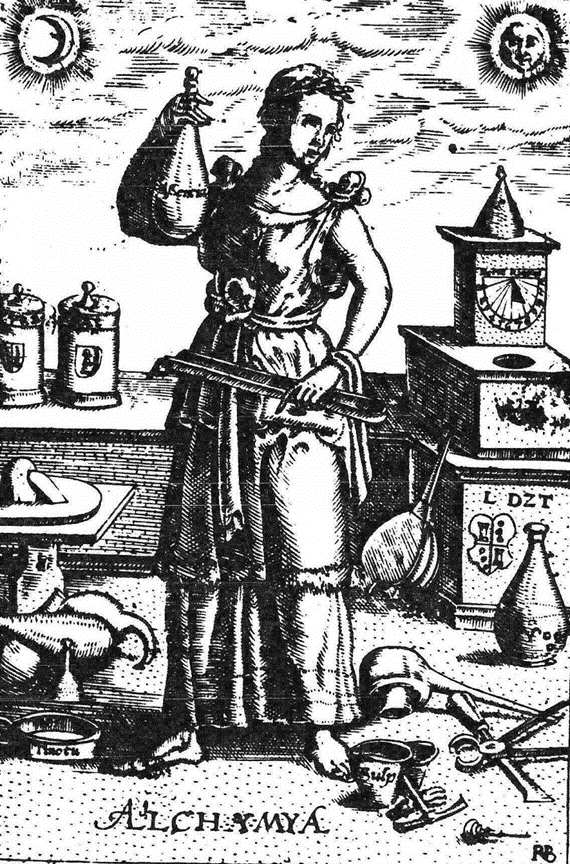

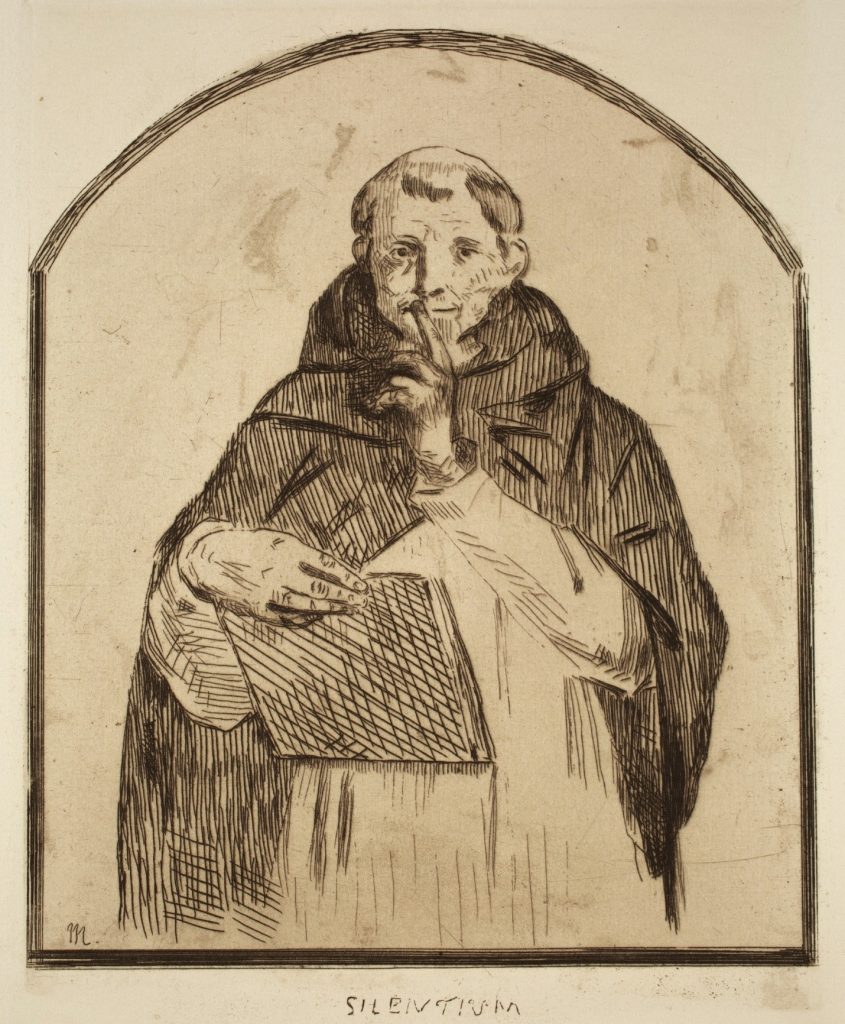
Part 2: The Laboratory Table (forthcoming)
